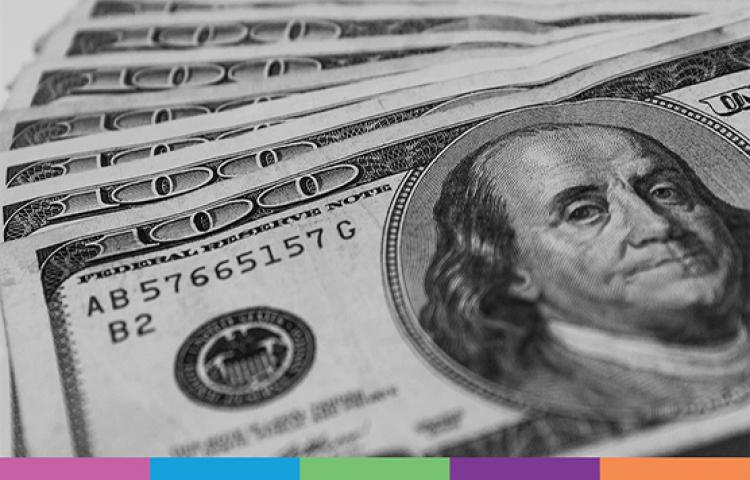
Your Money and Your Life: Adapting Lessons from Finance to Healthcare
By Lygeia Ricciardi, President, Clear Voice Consulting, LLC, @Lygeia
A common refrain in Health IT is that we are going in circles: repeatedly dissecting the same problems without ever achieving solutions. By some estimates, healthcare in the US is 12 years behind other industries when it comes to the adoption of IT.
So why not step outside of healthcare, see what’s working, and adapt it? Increasingly, innovators are doing just that, particularly drawing on models from the financial services industry. At the Connected Health Conference, December 11 through 14, I’ll be moderating a panel of three entrepreneurs who are transferring technological and business approaches from finance to healthcare.
But Isn’t Healthcare Different?
There are, of course, differences between healthcare and finance, but that doesn’t mean there can’t be crossover solutions. As a consumer advocate, I am well aware that in some cases privacy breaches can be more detrimental in health than in finance, and that it is more difficult to make a victim “whole” again--you can’t just repay what’s been taken if health information has been leaked, and consequences may include embarrassment, discrimination, and even physical harm, particularly if medical records information is wrong. In terms of similarities, both healthcare and finance rely on vast amounts of sensitive, fragmented, extremely valuable information.
While people in healthcare tend to imagine that health data is the most difficult to work with, financial data presents challenges that health data doesn’t, like the fact that some financial data (the value of stocks, for example) changes almost constantly, while most of the data in today’s electronic health records is static. The health industry also has a relatively robust set of technical standards and mechanisms for refining them relative to the financial industry.
Examples of Crossover Approaches
A Data Platform Controlled by Consumers
Have you ever used mint.com to organize your financial information? The consumer-facing app compiles data from bank accounts, credit cards, lenders and others to help you make sense of all your information and save money. Mint provides an interface that taps into a behind-the-scenes platform to provide all the data. Mark Kapcyzinski of Kontrol Media will talk about similar platforms for aggregating data in healthcare, and what they can learn from the finance industry’s track record.
Blockchain for Health
Blockchain is a way of organizing data using a shared ledger through which transactions are recorded and verified through a consensus process involving both the senders and receivers of currency. How to apply Blockchain and Bitcoin (a related crypto-currency) to health has become an increasingly popular topic of discussion. Leonard Kish of YouBase will talk about how to drive health data liquidity and security using Blockchain technologies.
Privacy by Design
Privacy by design is an approach to systems engineering that builds in privacy protections from the very beginning. One example of privacy by design that has worked in finance is “dynamic anonymization” of data, protecting its privacy by enabling subjects to remain anonymous for as long as is desired-and to the extent that is desired. Identities can be revealed only when needed, but the default is keeping them hidden. Gary LaFever from Anonos will talk about how to apply privacy by design principles and technologies from finance to healthcare, increasing privacy and security while improving the accuracy and usability of data.




